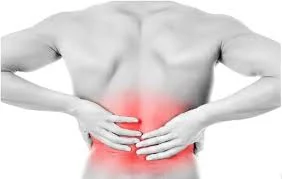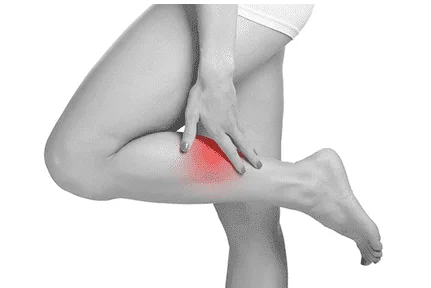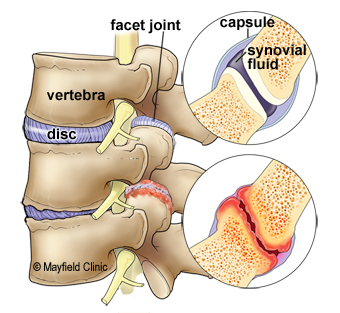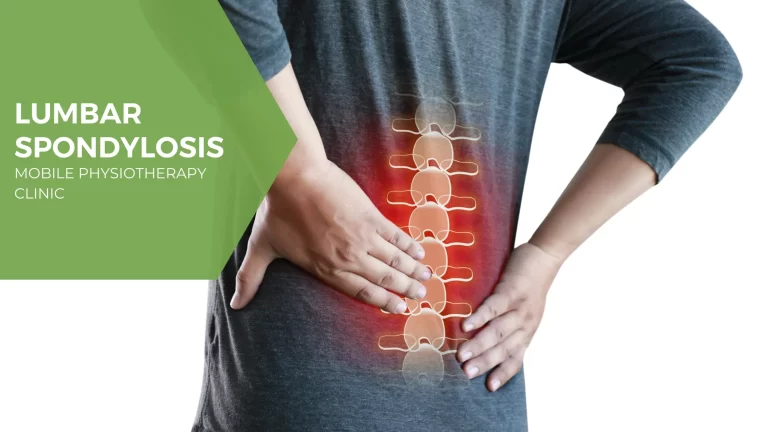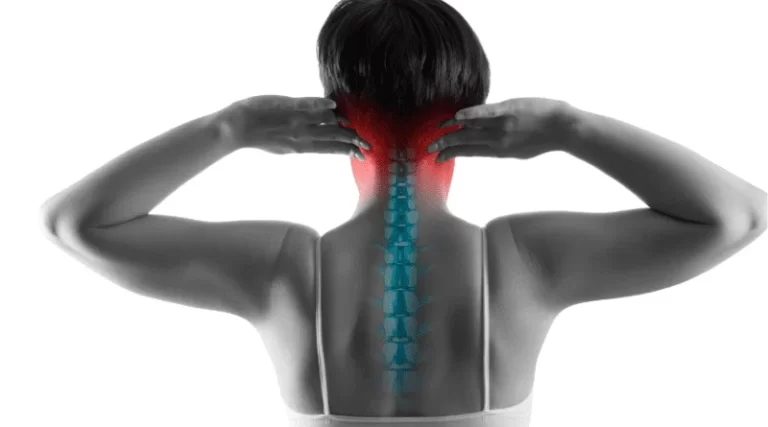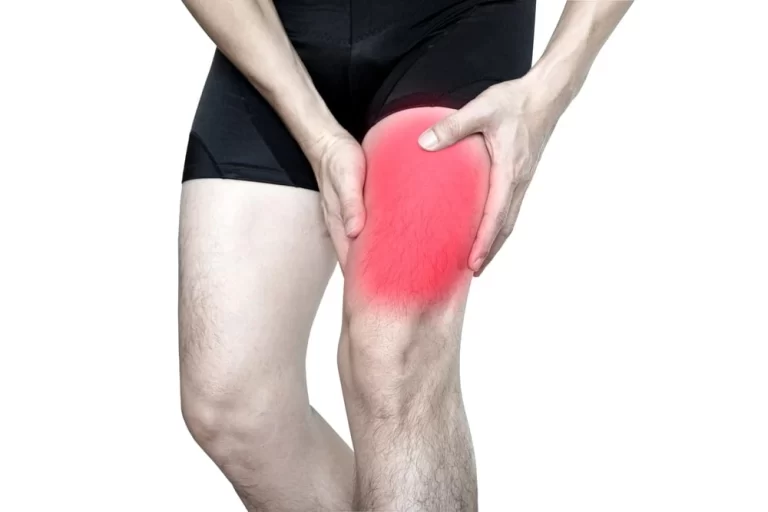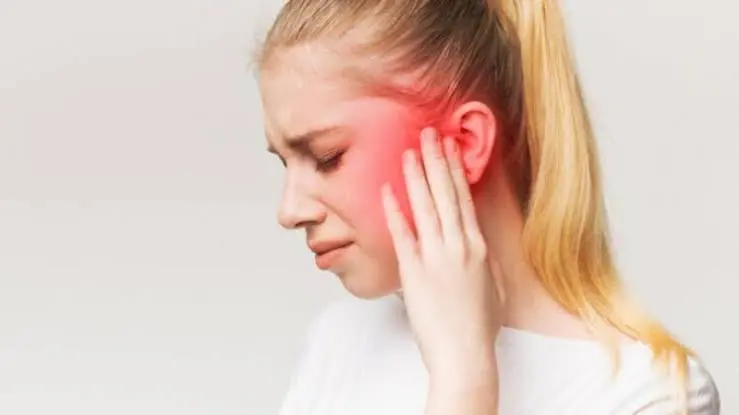Home Treatment for Back Spasms
Table of Contents
Introduction
Anyone who has had a back spasm knows how painful it can be, as it can weaken your muscles and negatively affect the health of your spine. fortunately, you no longer have to live with this condition.
If you’re tired of ineffective back spasm treatments, you’ve come to the right place. Continue reading to learn about simple, tried-and-true remedies for pain relief. We’ll help you understand the various causes of back spasms, home treatment options, and how to avoid them in the future.
A back spasm is an involuntary contraction of your back muscles that causes a sharp pain. It’s difficult to pinpoint the exact causes, but experts believe that sleeping incorrectly, bending, lifting, standing, or sitting can all be factors.
Back spasms usually subside with time and only require minor home treatment. Massaging your back with an ice pack or hot water, for example, can provide significant relief. Other practices for back spasm recovery include changing your habits and avoiding strenuous exercises that put a strain on your back muscles.
Engaging in normal activities can often help you recover from back muscle spasms. If you have pre-existing medical conditions, you will need extra care and medical advice.
Causes
One of the minor causes of back spasms is a mild strain. Back spasms, on the other hand, are caused by more complex conditions such as a herniated or ruptured spinal disc. If you notice your back muscles moving or contracting strongly, check for the following common causes.
Poor posture
sitting at your desk or in your car can strain your back muscles and cause spasms. Some people make the mistake of adjusting their posture to deal with the spasms, which exacerbates their situation.
Lack of Physical Activity
With the rise of remote work, many people now spend their days hunched over a computer screen, with little or no opportunity for exercise.
The more you do this, the more your muscles will become weak and inflamed. As your back muscles struggle with inflammation caused by prolonged weakness, this can result in painful muscle spasms.
Overuse of Your Lower Back Muscles
When you start a new exercise, you may put a lot of strain on your lower back muscles, which can cause muscle spasms for a few days. Some people may experience delayed onset muscle soreness (DOMS), a type of post-exercise pain.
Stress
Lower back spasms can be caused by stressful or anxious activities. When you’re stressed or anxious, you’re less likely to engage in physical activities, which can lead to muscle stiffness. Stress typically causes your body to produce more adrenaline and tense your muscles.
Nerve Injury
Diabetes, spinal cord damage, and radiculopathy are all conditions that can cause spasms and pain. Radiculopathy is caused by inflammation, compression, or injury to a nerve root in the spine, resulting in muscle tingling or pain.
Another condition that can cause back spasms is sciatica. This happens when the nerve roots that make up your sciatic nerves become compressed. Sciatica frequently causes sharp pain in the buttocks, legs, and some areas of the lower back.
Spondylolisthesis
Spondylolisthesis occurs when your vertebra shifts forward relative to the bone below due to instability caused by a pars fracture. Some parts of your spine move out of their original position as a result of this. This spinal condition, which can be diagnosed with an X-ray, is one of the leading causes of muscle spasms and back pain.
Arthritis
Although arthritis is not a direct cause of back spasms, it may cause this condition as one of its many side effects. Arthritis causes joint inflammation, which can weaken your muscles and cause spasms.
Stenosis of the Spine
As the condition worsens, people with spinal stenosis experience muscle pain, weakness, and numbness. Spinal stenosis occurs when the spinal canal narrows over time, putting pressure on the nerves and causing painful spasms. If untreated, spinal stenosis can cause nerve damage, paralysis, and eventually death.
Dietary problems
Back spasms can be caused by a deficiency in water, potassium, and/or calcium.
Trauma
A fall or a car accident could cause back pain.
Back spasms can indicate several serious conditions, including:
Epidural abscess.
Gallstones.
Stiff person syndrome.
Ankylosing spondylitis.
Kidney stones.
Kidney infection.
Tumor.
Treatment
Several home remedies, particularly in the early stages of the condition, can provide relief from back spasms. A simple change in your daily habits, such as regular exercise and good posture, will get you on the right track to recovery.
For those suffering from back spasms, doctors used to recommend bed rest. Such inactivity is no longer advised. Instead, follow your service provider’s instructions regarding the following:
Ice/heat
Apply ice or heat to the area where your back spasms are occurring. Wrap an ice pack or heating pad in a towel or pillowcase and place it against your skin for 20 to 30 minutes. After 20 to 30 minutes, reapply.
People use ice packs immediately following an injury, such as a strain. Inflammation can be reduced by applying an ice pack wrapped in a towel directly to the back.
Cold may provide numbing relief for severe back pain. To protect the skin from frostbite, people can use special pain relief cold packs or a bag of ice or frozen vegetables covered with a towel. Use ice packs for around 10 to 20 minutes.
A heat pad can relieve back pain by increasing blood flow, which promotes healing. To avoid burns or scalds from the heat pad, people should carefully follow the instructions. Heat pads can provide instant relief.
If a heating pad is not available, a hot water bottle or a cloth bag of uncooked rice can be microwaved.
Over-the-counter pain medications
Acetaminophen (Tylenol®), naproxen (Aleve®), or ibuprofen (Advil®, Motrin®) are examples of over-the-counter pain medications.
Muscle relaxants
Your doctor may advise you to take a muscle relaxant such as cyclobenzaprine, metaxalone, or methocarbamol. If you do take them, do so at night (or when you are not driving or operating heavy machinery) and for no more than 72 hours.
Physical therapy
Exercise helps to improve strong, flexible muscles that are less prone to injury. It can also aid in the healing of an aching back, prevent future problems, and improve function. Develop an exercise programme with your doctor, or seek a referral to another health professional who can. A good exercise programme will typically include three types of exercise: aerobic activity, strength training, and flexibility exercises.
Stretch
Back pain may be relieved by the stretches listed below. Hold for 10 to 30 seconds as it feels comfortable.
Touching the toes: Bending forward to reach your toes will help loosen the muscles in your lower back and stretch your hamstrings.
Cobra Pose: Lie on your stomach, hands face down beside your shoulders, and gently lift your chest so that the top of your head points towards the ceiling.

Child’s Pose: Sit on your heels with your knees hip-width apart and lean forward to place your head on the floor, stretching your arms out in front of you.

Cat-Cow Pose: Starting on hands and knees, alternate between arching your back towards the ceiling and dipping it towards the floor.

Massage
Massage may provide short-term relief from lower back pain. Soft tissue massage techniques can involve kneading, friction, gliding, vibration, or percussion. Massage can be used in connection with other treatments.
Soft tissue massage increases mental and physical relaxation by releasing endorphins. Hand or mechanical instruments may be used in manipulation.
Massage has few risks or side effects; however, a person should not receive massage if they have:
a skin infection or a severe inflammatory reaction
a burn
any fractures that have not healed
a cancer tumour site that is active
thrombosis of the deep veins
Get enough sleep
A person’s ability to tolerate pain may be affected by a lack of sleep.
The majority of people need 7-9 hours of sleep daily night.
Proper comfort and back alignment are critical for good sleep and avoiding morning back pain.
Extra pillows can assist in keeping the spine aligned in the proper position while sleeping. Head pillows should comfortably support the curve of the neck. A pillow between the knees can help keep the spine aligned when sleeping on your side.
If insomnia persists, a person should consult with a healthcare professional.
Prevention
Lifestyle changes are essential for lowering your chances of developing lower back spasms in the future. Some of the most effective changes you can make are as follows:
Sit and stand up straight to improve your posture.
Lose weight if you are overweight to reduce stress on your spine and lower back.
Regular physical activity will help to strengthen your back and abdominal muscles.
Avoid wearing high-heeled shoes for a long period.
Spending too much time sitting or lying in bed can aggravate back problems.
When sleeping, your upper body should be slightly inclined. Put a pillow between your knees to relieve stress on your lower back.
Start an exercise programme gradually and progress to a more intense workout. Stretching and warm-up exercises should always be performed before any workout.
To improve mobility and relieve stress and anxiety, try yoga, tai chi, meditation, or mindfulness
Summary
Back spasms are involuntary contractions of the back muscles that cause sharp pain. Common causes include poor posture, lack of physical activity, overuse of lower back muscles, stress, nerve injury, spondylolisthesis, arthritis, spinal stenosis, dietary problems, and trauma.
To treat back spasms, follow your service provider’s instructions for home remedies, such as applying ice or heat, using over-the-counter pain medications, taking muscle relaxants, and engaging in physical therapy. Stretching can help loosen muscles in the lower back and stretch hamstrings. Over-the-counter pain medications include acetaminophen, naproxen, and ibuprofen, while muscle relaxants like cyclobenzaprine, metaxalone, and methocarbamol can be taken at night or when not driving or operating heavy machinery.
Physical therapy, including aerobic activity, strength training, and flexibility exercises, can also help develop strong, flexible muscles and prevent future problems. Stretching techniques like toeing, cobra pose, child’s pose, and cat-cow pose can help relieve back pain. However, pre-existing medical conditions may require additional care and medical advice.
FAQs
Stretching can often relieve muscle spasms in the middle back. If that doesn’t work, try hydrotherapy, which includes ice, moist heat, or a warm bath or shower. Back spasms can also be relieved with over-the-counter pain relievers such as Aleve (naproxen), Advil (ibuprofen), or Tylenol (acetaminophen).
Back muscle spasms are caused by a variety of conditions, including degenerative disc disease, herniated discs, and spinal stenosis. Other possible causes include: A herniated disc occurs when the disc’s soft, gel-like centre pushes through a tear in the tough outer covering.
Muscle twitches are caused by our muscles tightening (“contracting”) involuntarily — that is when we are not controlling them. Muscle twitches can occur for a variety of reasons, including stress, excessive caffeine consumption, a poor diet, lack of exercise, or as a side effect of certain medications.
Muscle spasms usually resolve themselves. They may take a few seconds or even several minutes to stop, but they rarely require treatment. Drinking plenty of water can help relieve muscle cramps caused by dehydration. If someone has a painful cramp, they can try a few different methods to help relieve the pain.
If crippling back spasms and back pain are constantly interfering with your life, it’s time to see a doctor. Even if you believe the pain is caused by poor posture or another minor issue, consult your healthcare provider.
References:
- Professional, C. C. M. (n.d.). Back Spasms. Cleveland Clinic. https://my.clevelandclinic.org/health/diseases/22881-back-spasms
- Berry, J. (2023, January 10). Home remedies for fast back pain relief. https://www.medicalnewstoday.com/articles/322582#pain-relief-cream
- T. (2023, November 1). How To Treat Back Spasms: 5 Ways To Relieve Back Spasms. Metrotown Family Chiropractic. https://metrotownchiropractic.com/how-to-treat-back-spasms-5-ways-to-relieve-back-spasms/
- Home remedies for low back pain. (2023, July 7). Harvard Health. https://www.health.harvard.edu/pain/home-remedies-for-low-back-pain
- Modi, J. (2020, June 11). Lower Back Spasms. https://www.injurymap.com/articles/lower-back-spasms

